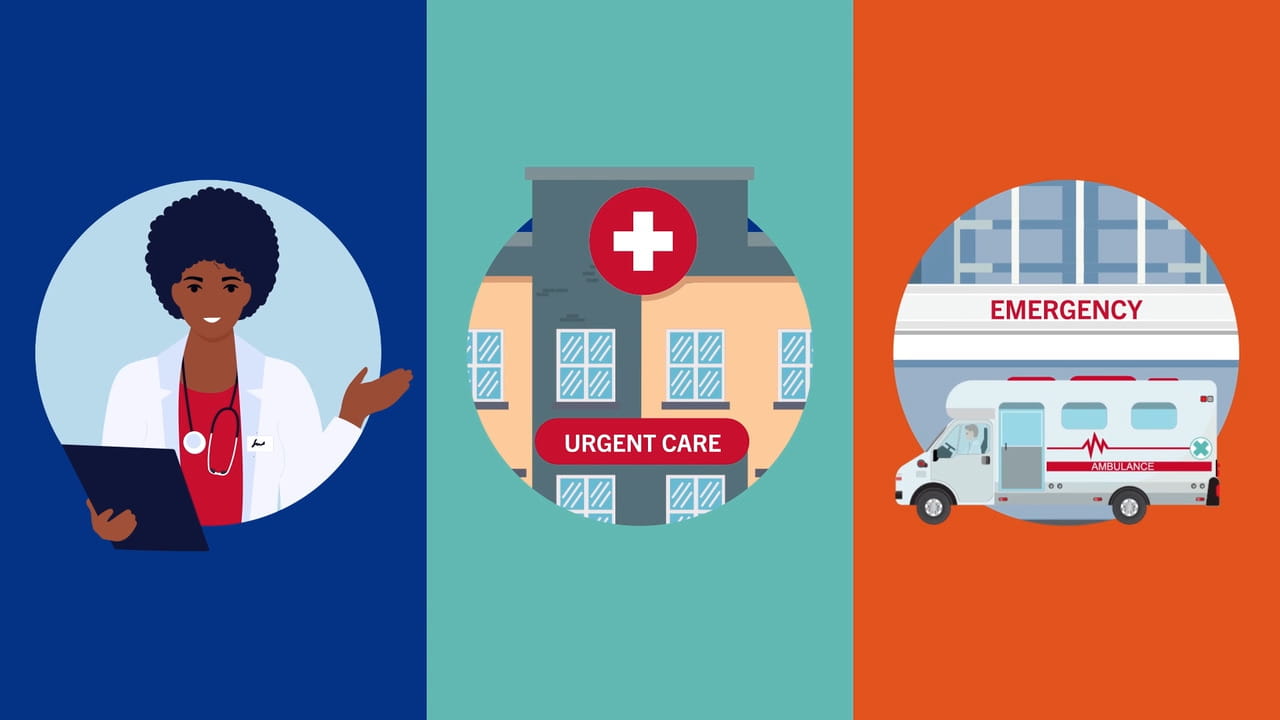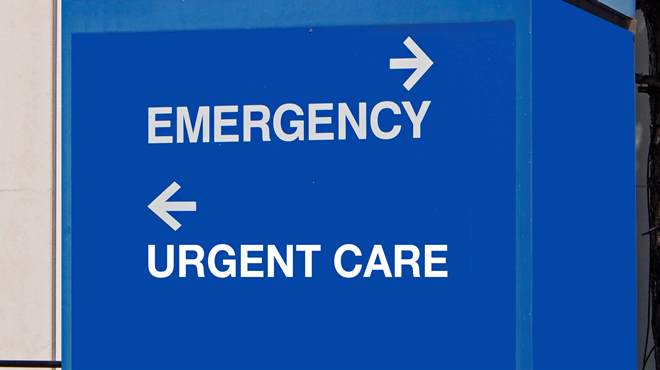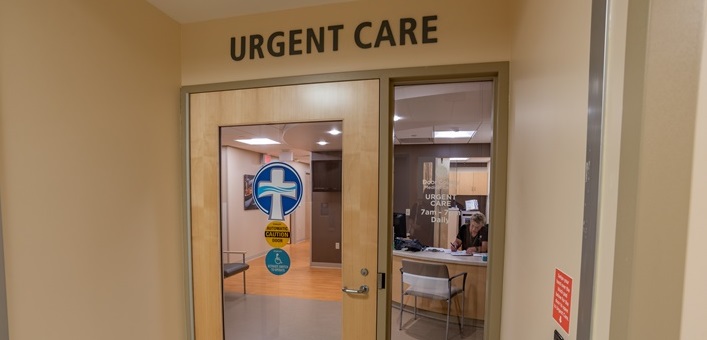A Comprehensive Overview to Using Urgent Care Prompt Treatment of Common Ailments and Conditions
Immediate treatment facilities play a pivotal duty in the medical care landscape, using an important alternative for people seeking timely treatment for non-life-threatening conditions. What remains to be explored are the certain problems that require a see to immediate care and the benefits of picking this option over conventional emergency situation solutions.
Understanding Urgent Care Solutions

Along with dealing with urgent conditions, several centers supply diagnostic solutions, such as X-rays and laboratory testing, which enhance individual treatment and promote quicker diagnoses. Understanding how to efficiently utilize immediate care solutions can lead to enhanced health end results, as people receive the essential care quickly without frustrating health care service providers or emergency solutions. This model enhances the overall efficiency of the medical care system, making certain that people obtain suitable care in a prompt fashion.
Common Conditions Dealt With
A vast array of typical problems can be effectively handled at immediate treatment centers, making them a practical choice for people seeking instant clinical focus. These centers are furnished to take care of a variety of non-life-threatening problems that need punctual therapy.
Among the most often dealt with problems are respiratory system infections, including colds, influenza, and bronchitis. Urgent care centers likewise attend to small injuries, such as sprains, fractures, and strains, providing necessary treatment and stabilization. Furthermore, skin problems like breakouts, insect bites, and minor burns are frequently examined and treated.
Intestinal issues, including nausea, throwing up, and looseness of the bowels, frequently prompt check outs to urgent treatment, specifically when signs and symptoms are intense. Immediate care suppliers can additionally take care of urinary tract infections and other non-emergency conditions. Patients can obtain vaccinations and preventative treatment solutions, such as influenza shots and travel booster shots, making immediate care an obtainable resource for total health upkeep.
## When to See Urgent Care
Knowing when to visit an immediate care facility can significantly boost the efficiency of your health care experience. Urgent treatment centers are designed to supply immediate interest for non-life-threatening problems that require timely medical treatment. Common factors to look for treatment at an urgent care facility include small injuries, such as pressures, fractures, and strains, in addition to intense diseases like the influenza, strep throat, or urinary system system infections.
Additionally, urgent treatment is suitable for conditions that display intensifying signs and symptoms but are not serious sufficient for an emergency situation space visit. For instance, consistent throwing up, dehydration, or serious discomfort that demands quick attention can all be successfully handled in this setup.
It is vital to separate in between immediate care and emergency situation treatment; the last is reserved for serious circumstances, including upper body pain, serious blood loss, or loss of consciousness. Comprehending these distinctions not only enhances your health care journey but also reduces the concern on emergency services. By examining the seriousness of your condition accurately, you can ensure proper and timely healthcare, enabling for a quicker healing and improved wellness end results.
What to Expect During Your Check Out
During your browse through straight from the source to an immediate care center, you can anticipate a streamlined process designed to resolve your medical demands successfully. Upon arrival, you will normally sign in at the function desk, where you will provide your personal info, insurance policy details, and a quick summary of your signs. This preliminary step is vital for making certain that your situation is focused on appropriately.
Following check-in, you might be asked to finish a medical history browse around these guys kind, outlining any kind of pre-existing problems or medications you are currently taking. As soon as your paperwork is total, a triage nurse will examine your problem and determine the seriousness of your scenario. This assessment will certainly help assist the speed at which you obtain care.
After triage, you will be seen by a doctor, who will certainly perform a complete assessment and review your signs and symptoms in detail. Depending on your medical diagnosis, the provider might purchase tests, suggest drugs, or recommend follow-up care. Throughout your see, immediate treatment staff will certainly aim to maintain you educated about your treatment plan and any type of essential next actions, making certain a favorable individual experience.

Benefits of Picking Urgent Care
What benefits does urgent treatment offer compared to traditional clinical facilities? Urgent treatment centers give a series of benefits that cater to people seeking immediate clinical interest for non-life-threatening problems. One of the main benefits is access; many immediate care facilities run extended hours, including weekend breaks and evenings, enabling people to get care when standard offices are shut. This versatility reduces wait times substantially, commonly enabling individuals to be seen within mins rather than hours.
In addition, urgent care centers are usually furnished to take care of a selection of common conditions, such as small injuries, infections, and health problems, without the demand for an appointment. This convenience is specifically useful for individuals with active routines or those that can not await a medical care go to.
Furthermore, urgent care services tend to be more affordable than emergency clinic visits, with reduced co-pays and charges, making them an economically prudent selection. Several insurance coverage strategies cover urgent treatment gos to similarly to medical care visits. Generally, urgent treatment centers use prompt, economical, and effective medical treatment, making them Recommended Reading an enticing choice for individuals looking for immediate treatment.

Conclusion
Finally, urgent care facilities function as an important source for dealing with non-life-threatening clinical issues effectively and successfully. By offering easily accessible services for usual conditions and injuries, these centers reduce the burden on emergency clinic, making certain timely treatment. Comprehending when to make use of urgent treatment can enhance individual outcomes and complete satisfaction. Inevitably, the strategic use of urgent care adds to a much more streamlined health care experience, balancing quality treatment with benefit and price.
Recognizing exactly how to successfully use immediate care services can lead to enhanced wellness outcomes, as individuals receive the essential treatment promptly without overwhelming primary treatment service providers or emergency solutions. Individuals can receive inoculations and preventive treatment services, such as influenza shots and take a trip immunizations, making immediate treatment an available resource for total wellness maintenance.
Common reasons to seek care at an immediate care center include minor injuries, such as fractures, strains, and stress, as well as acute illnesses like the flu, strep throat, or urinary system tract infections.
One of the primary benefits is accessibility; numerous urgent care centers operate prolonged hours, including evenings and weekend breaks, permitting patients to obtain treatment when standard workplaces are shut. On the whole, urgent treatment facilities offer timely, inexpensive, and effective medical care, making them an attractive alternative for people in demand of instant treatment.
 Haley Joel Osment Then & Now!
Haley Joel Osment Then & Now! Ben Savage Then & Now!
Ben Savage Then & Now! Michelle Pfeiffer Then & Now!
Michelle Pfeiffer Then & Now! Morgan Fairchild Then & Now!
Morgan Fairchild Then & Now! Ryan Phillippe Then & Now!
Ryan Phillippe Then & Now!